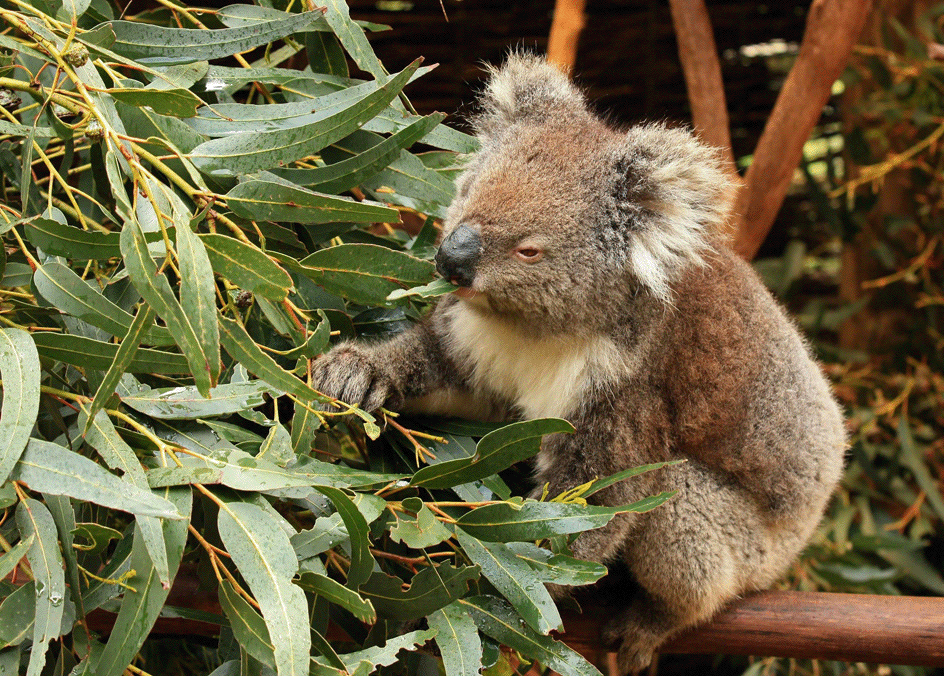October 30-November 5, 2014 Current Events Lesson Plan
Current Event: Vaccine May Help Save Vulnerable Koalas
Researchers are testing a new vaccine against a disease that is ravaging populations of Australia’s koalas. The disease, chlamydia, is one of the “tipping points” contributing to the decline of the species. Estimates of the current the koala population vary from several hundred thousand to as few as 43,000. For the trial, researchers captured 60 wild koalas and vaccinated half of them against chlamydia. The researchers found that none of the vaccinated koalas developed the disease. In addition, those animals already infected did not go on to develop chlamydia. And nearly all of those that had symptoms improved. Among the nonvaccinated group, more of the koalas became infected and the condition of animals with chlamydia worsened. The researchers plan to continue testing the vaccine for another year. If results remain positive, wild koalas could be vaccinated for their protection.

The koala, an Australian marsupial, eats mainly the leaves and young shoots of eucalyptus trees, shown here. (© Shutterstock)
Objective:
Koalas are a mammal native to Australia. Although it is sometimes called a koala bear, koalas are not actually related to any kind of bears. Koalas are marsupials. Female koalas give birth to tiny, poorly developed offspring. The young koala, or joey, is carried in a pouch on its mother’s abdomen until it develops more completely. A joey remains in the pouch for about seven months. Koalas spend nearly all their time in trees and come down only to move to other trees. Koalas are active primarily at night. They sleep most of the day in the forks of eucalyptus trees. Koalas eat mainly the leaves and young shoots of eucalyptuses. They obtain liquids chiefly from eucalyptus leaves. Today, the koala population is in decline. In addition to chlamydia, other threats facing koalas include habitat loss, wild and domestic dogs, urban development, mining, and climate change. The Behind the Headlines news story and related World Book articles explore koalas and other animals.
Words to know:
Discussion Topics:
1. Koalas are native to Australia. Ask your students to name other animals native to Australia. (Students might name cassowaries, emus, kangaroos, platypuses, wallabies, wombats.)
2. Australia lists koalas as a vulnerable, but not yet endangered, species. Ask your students to name some endangered species. (Students might name American crocodiles, Asiatic lions, blue whales, California condors, cheetahs, giant pandas, orangutans, tigers.)
3. Ask your students to debate, “Humans have the responsibility to protect animals from extinction.”
4. Ask your students to use World Book’s Timelines feature to view or add to the Animal Extinctions Since 1600 timeline.
5. Ask your students to use World Book’s Timelines feature to view or add to the History of Australia timeline. (Students may wish to use World Book’s History of Australia article for help.)


